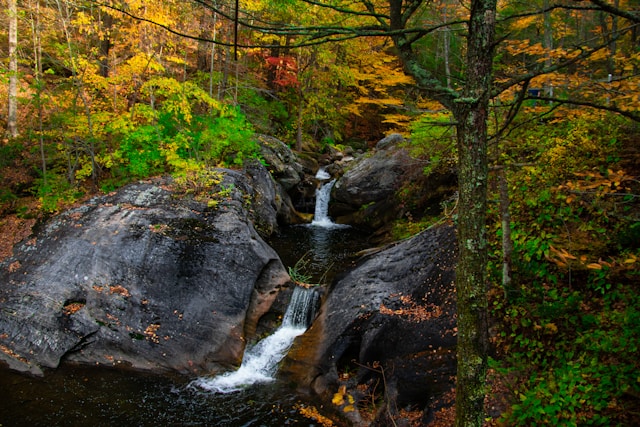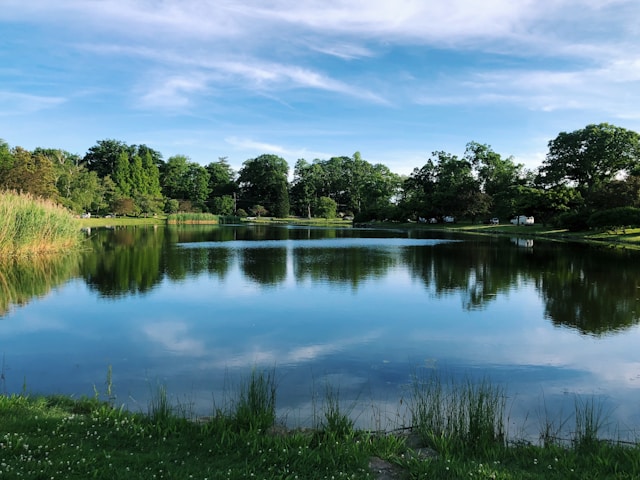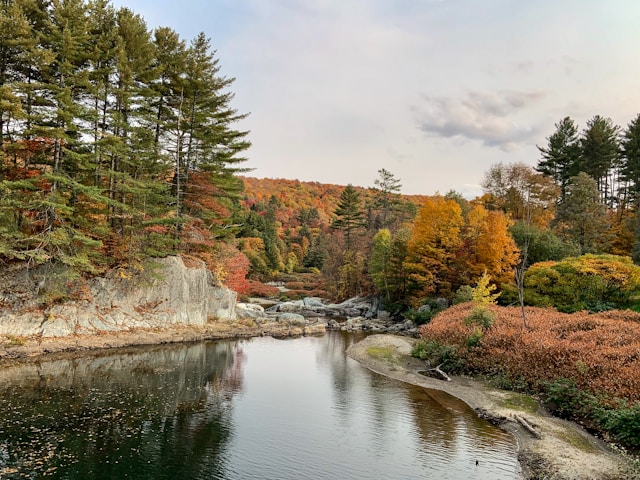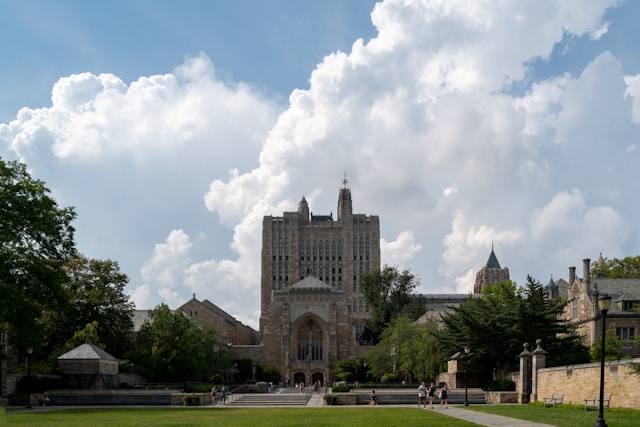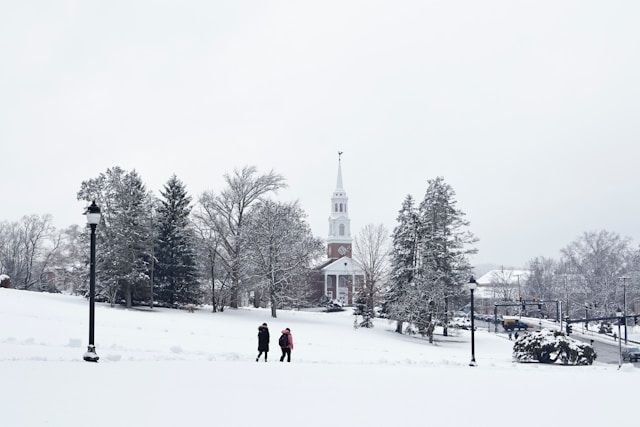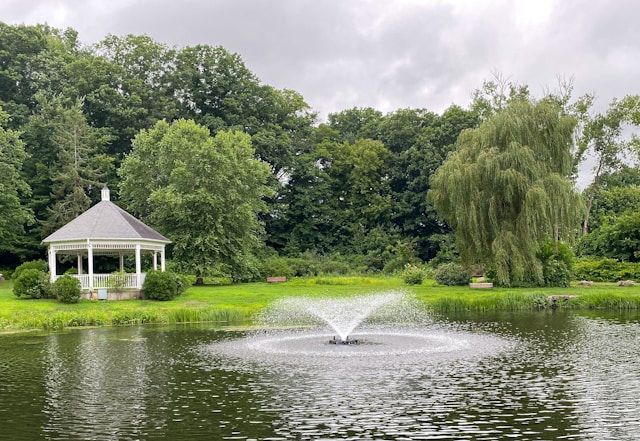The Connecticut Department of Energy and Environmental Protection (DEEP) is raising the alarm after a noticeable surge in bear-related incidents across the state.
Nearly 40 reports of bears entering homes in 16 different towns—from Torrington to West Hartford—have surfaced. Connecticut now leads neighboring states in residential bear break-ins, even surpassing places like Massachusetts, which actually have larger bear populations.
Explore top-rated stays with no booking fees and instant confirmation. Your dream trip starts here!
Start Exploring Now
Wildlife officials say bears are losing their fear of humans because they’re finding food too easily in residential areas. This growing problem has prompted DEEP to issue urgent guidance to residents on how to prevent dangerous encounters and protect both people and local wildlife.
Bear Encounters on the Rise Across Connecticut
DEEP’s data shows a sharp uptick in incidents, including home intrusions and property damage. Reports have come in from towns like Avon, Simsbury, Granby, Bristol, and Newtown.
Even rural areas such as Barkhamsted and Kent aren’t immune. The pattern is clear: bears are seeking human food sources—birdseed, unsecured trash, pet food, and livestock feed—so they’re venturing deeper into neighborhoods.
Why Bears Are Approaching Homes More Often
Food conditioning sits at the center of this mess. When bears find a quick meal, they remember the spot and come back, slowly forgetting their natural wariness of people.
DEEP Wildlife Division Director Jenny Dickson points out that food-conditioned bears hang around populated areas more, which bumps up the risk of car accidents, pet attacks, and face-to-face run-ins with residents.
Comparisons with Neighboring States
Massachusetts and New York have bigger bear populations, but Connecticut gets more reports of bears breaking into homes. This really highlights how human behavior—not just the number of bears—can drive these conflicts.
Cities like Waterbury and Meriden, where suburbs meet the woods, see more bear encounters because people and bears live so close together.
Local Impact and Public Safety Concerns
Bears entering homes can cause major property damage—broken doors, shattered windows, lost food, you name it. The risk to pets, livestock, or even people is a real safety worry.
Just recently in Thomaston, someone spotted a bear rummaging through a garage freezer. Things like that can escalate fast.
DEEP’s Guidance for Residents
Commissioner Katie Dykes reminds folks that everyone’s actions make a difference in keeping people safe and bears wild. DEEP’s “Living with Black Bears” webpage offers strategies for reducing encounters and keeping bears away from homes.
Best Practices for Safety
People in Connecticut towns—Hartford County, Fairfield County, Litchfield County, you name it—should try these steps:
- Secure all trash in bear-resistant containers or keep it indoors until pickup morning.
- Take down bird feeders during spring, summer, and early fall when bears are out and about.
- Keep pet food inside and clean outdoor grills right away.
- Protect livestock with sturdy fencing and safe food storage.
- Shut garage and shed doors to keep bears out of stored food or garbage.
- Report bear sightings or conflicts to DEEP’s Wildlife Division so they can track and respond.
Working Together to Reduce Bear Conflicts
Communities from Stamford to Manchester are realizing that living alongside black bears means taking action. A bear’s survival often hinges on whether it stays wary of people—if not, relocation or euthanasia can become the last options, and nobody really wants that.
A Statewide Effort for Safer Neighborhoods
The rising number of incidents reminds us that black bears aren’t just lurking in remote forests anymore. They’re now part of Connecticut’s ecosystem, showing up in suburban and even urban neighborhoods.
If towns secure food sources and talk to their neighbors, they can cut down on risks. This approach helps keep bears acting like, well, bears.
DEEP’s guidelines offer a practical way to make encounters less frequent and a lot safer. It’s not just about keeping bears out of homes—it’s about building a sense of responsibility across the state.
We want to protect people, sure, but also give wildlife a fair shot and keep Connecticut’s landscapes in balance. Honestly, that’s a goal worth aiming for.
Here is the source article for this story: Officials recommend several practices to avoid conflicts with bears
Find available hotels and vacation homes instantly. No fees, best rates guaranteed!
Check Availability Now

